
12 Japanese Lucky Charms and Their Meanings
Written by Team MUSUBI
When selecting Japanese tableware or other items made in Japan, have you ever wondered about the meaning behind the motifs featured on them? Many traditional Japanese designs carry symbolic significance.
Understanding these meanings can enhance your shopping experience, deepen your appreciation of the items you own, and help you pick thoughtful gifts for loved ones.
In this article, we explore the meanings behind twelve major Japanese motifs.
table of contents
Mount Fuji
Mount Fuji has been revered by the Japanese people for centuries. Japan’s highest mountain, it has rightfully become one of the most prominent symbols of Japan, with its signature shape gracing everything from ukiyo-e woodblock prints to banknotes.
But Mt. Fuji isn’t just a mountain. It also carries symbolic meanings of prosperity and resilience. Dreaming of Mt. Fuji on New Year’s Day is even believed to bring good luck for the coming year ahead.
Mt. Fuji motifs are widely used in interior decor, dinnerware, and artwork. This iconic image instantly evokes an atmosphere of Japan, making items featuring this motif perfect gifts for those who love Japanese art, nature, and more.
Seven Lucky Gods: Shichifukujin
Also known as the Seven Gods of Good Fortune, or Shichifukujin in Japanese, this group of lucky gods has been a symbol of prosperity and longevity in Japan since the Muromachi period (1336–1573 CE). They are often shown riding a treasure boat, or takarabune, an auspicious symbol commonly used in New Year’s celebrations.
Each lucky god originated independently from various Buddhist, Taoist, and Shinto traditions, and each has their own unique characteristics symbolising luck, prosperity, or long life. Ebisu holds a fishing rod and a red tai, a fish associated with good fortune. Daikokuten stands on a bale of rice and carries a kozuchi, or lucky mallet. Bishamonten holds a spear and sometimes a pagoda. The goddess Benzaiten plays a lute. Fukurokuju has a long bald head and is often accompanied by a crane. Jurojin often holds a cane and is accompanied by a deer. Finally, Hotei has a pot belly and carries a large sack.
With such an abundance of lucky motifs and auspicious symbols packed in one place, it’s no wonder the Seven Lucky Gods are favorites for bringing New Year’s luck, but decorations with these charming Shichifukujin are beloved in homes all year round.
Lucky Plants
With Japan’s wealth of nature, it’s perhaps unsurprising that a large number of plants carry special, auspicious meanings. Below are some of the most common and beloved that you’ll find in traditional Japanese art and tableware.
Cherry Blossom: Sakura
Cherry blossoms, known as sakura in Japanese, are one of Japan’s most cherished flowers. These delicate blooms appear in spring, filling the air with pale pink petals, and have been treasured since the Heian period (794–1185 CE). Cherry blossom viewing parties known as hanami, which involve picnicking under the blossoms, are a popular pastime in Japan every spring.
While the beauty of sakura in full bloom is breathtaking, the true reflection of Japanese aesthetics lies in the fleeting moment the petals fall. This symbolizes the transient nature of life, making sakura a symbol of ephemeral beauty. Because of its deep meaning, items with the sakura motif make heartfelt gifts for friends and loved ones.
Sakura designs are very diverse, ranging from small sakura flower patterns that cover an entire surface, to splashes of large blooms. One popular variation is unkin, literally “clouds and brocade,” which combines floating, cloud-like blossoms with rich, vibrant red maple leaves. Others combine sakura with waves, mountains, or bamboo. With such rich modes of expression, the possibilities are endless.
Plum Blossoms: Ume
The plum tree, called ume in Japanese, is admired not just for its beauty but also for its strength because it first blooms at the end of winter despite the cold and snow. Its winter hardiness, ability for even old plum trees to put out new branches, and heralding of spring to come have all led to plum trees symbolizing perennial youth and long life. Because plum blossoms have five petals, they are also associated with the five blessings of health, wealth, longevity, love of virtue, and heaven’s destiny.
Plum flowers give way to plum fruit, often made into umeshu, or plum wine, and umeboshi, or pickled plums. With its lively, winding trunks and delicate blossoms, the plum tree is a popular motif in Japanese art.
Before cherry blossoms became the go-to for flower-viewing picnics, it was actual plum blossoms that were most favored. Plum blossom hanami dates to as early as the Nara period (710–794 CE) and features sake and other festive fun. Plum blossoms remain cherished today for their charming shape, luscious, sweet scent, and symbolism.
Bamboo: Take
Bamboo, or take in Japanese, carries a wide array of symbolism in Japanese art thanks to its diverse characteristics. Its ability to grow long and straight is linked to longevity. Its quick growth and abundance of new shoots are associated with prosperity and blessings of children. Meanwhile, its robustness and ability to bend without breaking represent strength and resilience.
Bamboo ornaments are especially important during some of Japan’s most important traditional occasions. For example, the kadomatsu, a decoration of bamboo and pine, is placed at the entrance of homes to welcome ancestral spirits and is a quintessential symbol of the Japanese New Year. And the summer tradition of Tanabata, the Star Festival, would not be complete without branches of bamboo adorned with colorful paper strips inscribed with wishes.
Pine: Matsu
A symbol of strength and endurance, the pine tree, known in Japanese as matsu, is a prominent evergreen in Japan. Used for centuries in a wide variety of applications, from charcoal to resin production, its essential oil is also known for its fresh scent and antibacterial properties. Because the pine tree thrives in harsh conditions, it is also a powerful emblem of good fortune. Its evergreen leaves symbolize longevity, vitality, and resilience. Among the classic trio of lucky plants in Japanese culture—shochikubai (pine, bamboo, and plum)—the pine is held in the highest esteem.
Shochikubai

Shochikubai, literally meaning pine, bamboo, and plum, is a classic combination in Japanese art. While each is auspicious on its own, together, the luck they bring is truly mighty. Shochikubai often appears in kimono patterns, furoshiki wrapping cloths, on tableware, and more.
The hardiness of all three plants, even in the cold, is what led to their being grouped together as the “three friends of winter.” In addition to resilience in severe conditions, this trio also symbolizes the honest and upright character of a person who stands by their principles even in adverse circumstances. They also represent deep friendship.
Gourd: Hyotan
Hyotan, also known as hisago, is a traditional Japanese motif based on the bottle gourd. Historically, dried gourds were used as containers for water or sake, and they came to symbolize resourcefulness and abundance. Appreciated for their unique, visually appealing shapes, gourds have also been seen as a talisman that, according to ancient legends, protects against water-related dangers.
Hyotan also came to symbolize wealth and prosperity due to being an emblem of the powerful Toyotomi Hideyoshi, a prominent feudal lord who played a crucial role in unifying Japan during the Sengoku period (1493–1590 CE).
Lucky Animals
Auspicious symbolism in Japan isn’t limited to plants. Animals, too, hold deep meaning in traditional art. Below are a few of the most popular lucky animal motifs.
Crane: Tsuru
The crane, known as tsuru in Japanese, is associated with longevity through the proverb, "A crane lives for a thousand years, a tortoise for ten thousand years." This belief originates from ancient China. Cranes are also symbols of eternal love because they mate for life. This makes crane motifs especially meaningful as wedding gifts for their dual meaning of long life and enduring devotion.
Turtle: Kame
Often accompanying cranes in Japanese art are turtles, or kame. Just as cranes are said to live for one thousand years, turtles are said to live for ten thousand, making them enduring symbols of longevity.
Turtles have appeared in Japanese art and culture since at least the Yayoi period (10th century BCE–3rd century CE), giving this auspicious creature one of the longest symbolic histories. Whether glimpsed at the bottom of a golden sake cup or cast in miniature form alongside a friendly frog, turtles remain a cherished motif.
Sea Bream: Tai
The sea bream, or tai, is a symbol of good fortune due to its resemblance to the word medetai, which means “happy” or “auspicious.” It serves as the perfect symbol when congratulating someone on a milestone like graduating from university or landing a new job.
Even if cooking with sea bream feels like a challenge, you can still share its good fortune by choosing dishware with a tai motif. It is a simple way to infuse joy, lightheartedness, and luck into your special gift or celebratory dinner.
Owl: Fukuro
In Japan, owls are commonly associated with wisdom and knowledge, just as they are in the West. An owl-themed item is a great gift idea for wishing someone good fortune in business.
In Japan, the owl is appreciated for much more than its wisdom. It can be used to wish someone happiness as its name can be seen as a combination of the word fuku (good luck) and kuru (to come), making the owl a symbol of forthcoming luck.
Owls are also seen as a symbol of marital bliss. They mate with the same partner every year, making them a fitting motif for weddings and anniversaries.
Dragon: Ryu
The final animal on this list is a mythical one and the most magical of all: the dragon. Known in Japanese as ryu or tatsu, dragon motifs have a long and storied history. A wide variety of dragons exist in Japanese art, from those that live in water to those that fly in the sky. One of the signs of the Japanese zodiac, dragons, also have cultural significance in the Japanese calendar.
Dragon motifs often appear alongside clouds, phoenixes, East Asian unicorns known as kirin, and more. Sometimes they are depicted holding a hoju, or sacred gem, believed to have the power to grant wishes. Symbolizing strength, courage, and good fortune, dragon designs are especially suitable for special celebrations.
Auspicious motifs continue to be favorites in Japanese items for a reason—the warm sense of luck, joy, and optimism they bring. With many kinds of blessings and deep meaning to choose from, these pieces continue to make appearances at special occasions, celebrations, and holidays.
From New Year’s to graduations, weddings to anniversaries, tableware and decor featuring these motifs are a thoughtful way to wish someone good fortune. That makes them wonderful both for bringing everyday delight and as memorable gifts. We hope this information is useful in picking the perfect present for a friend, colleague, or loved one.














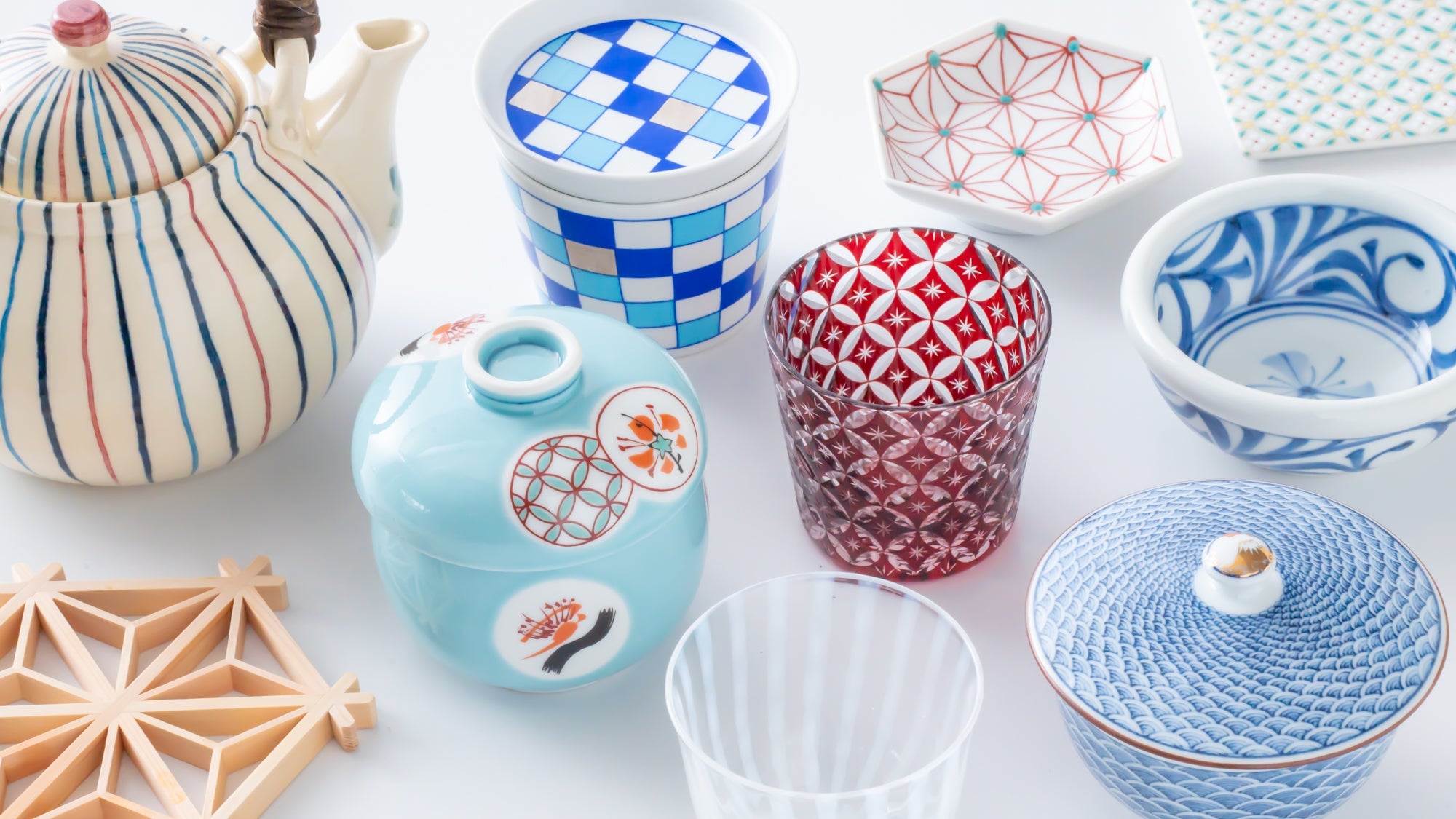


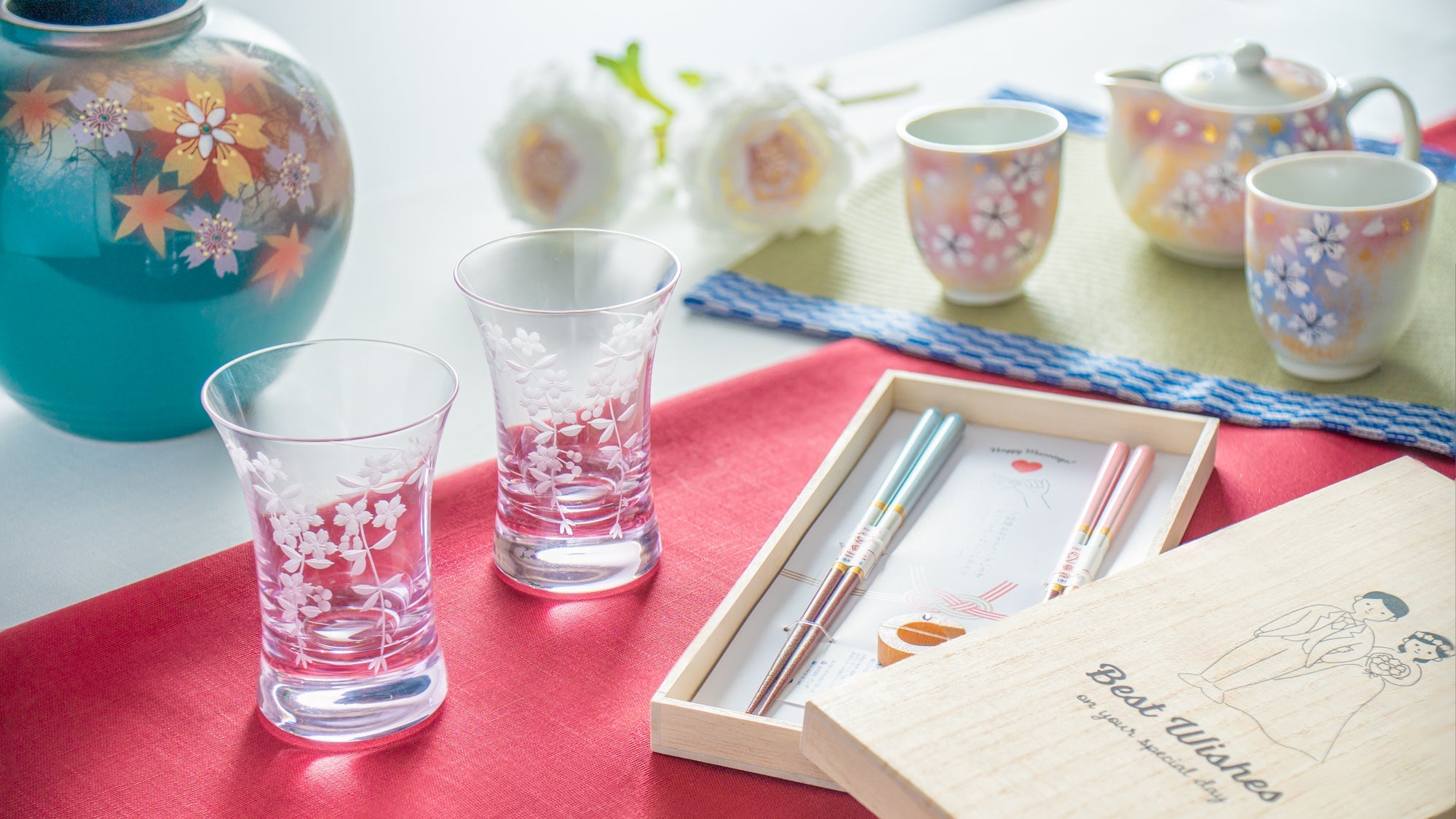
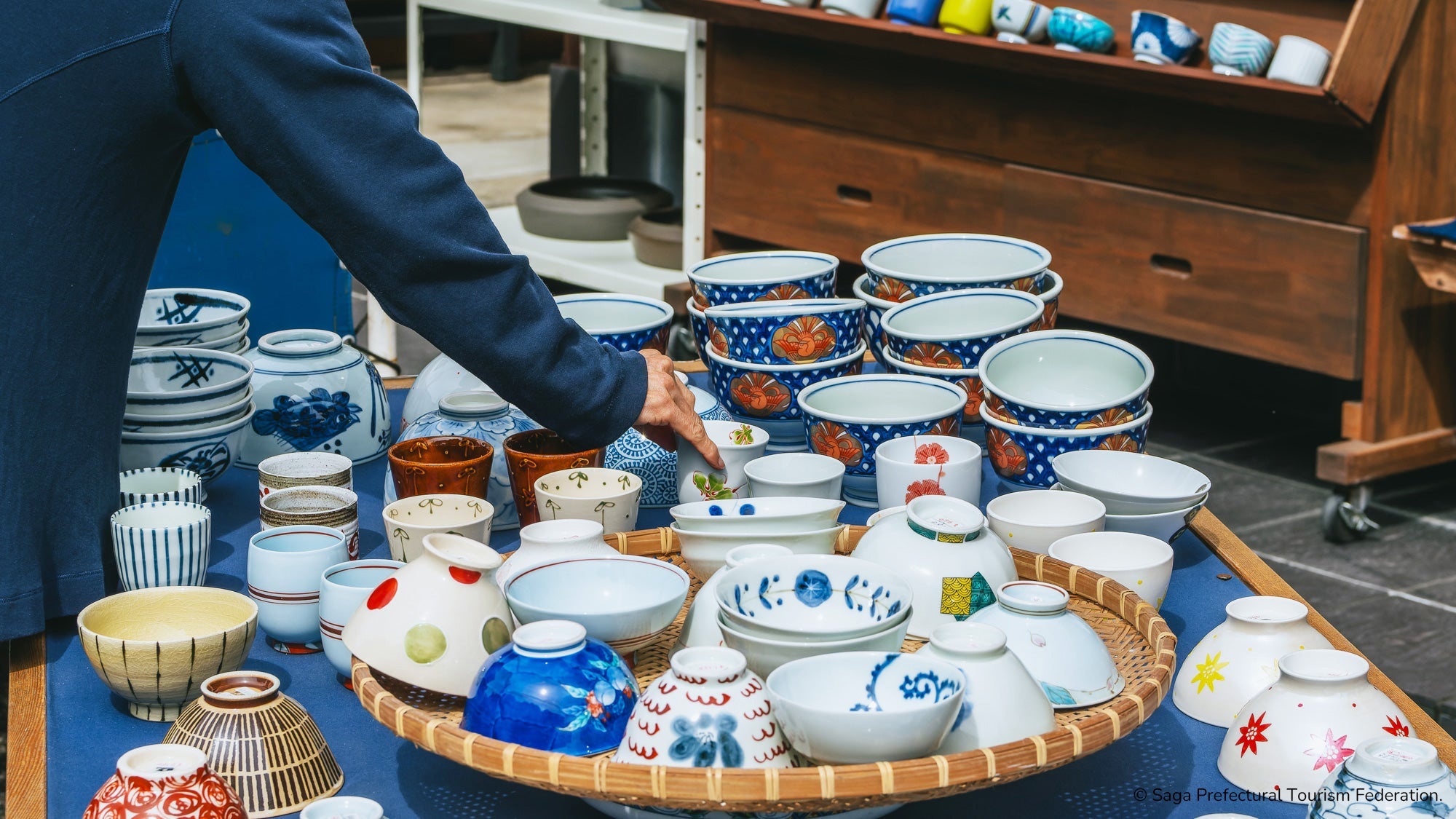

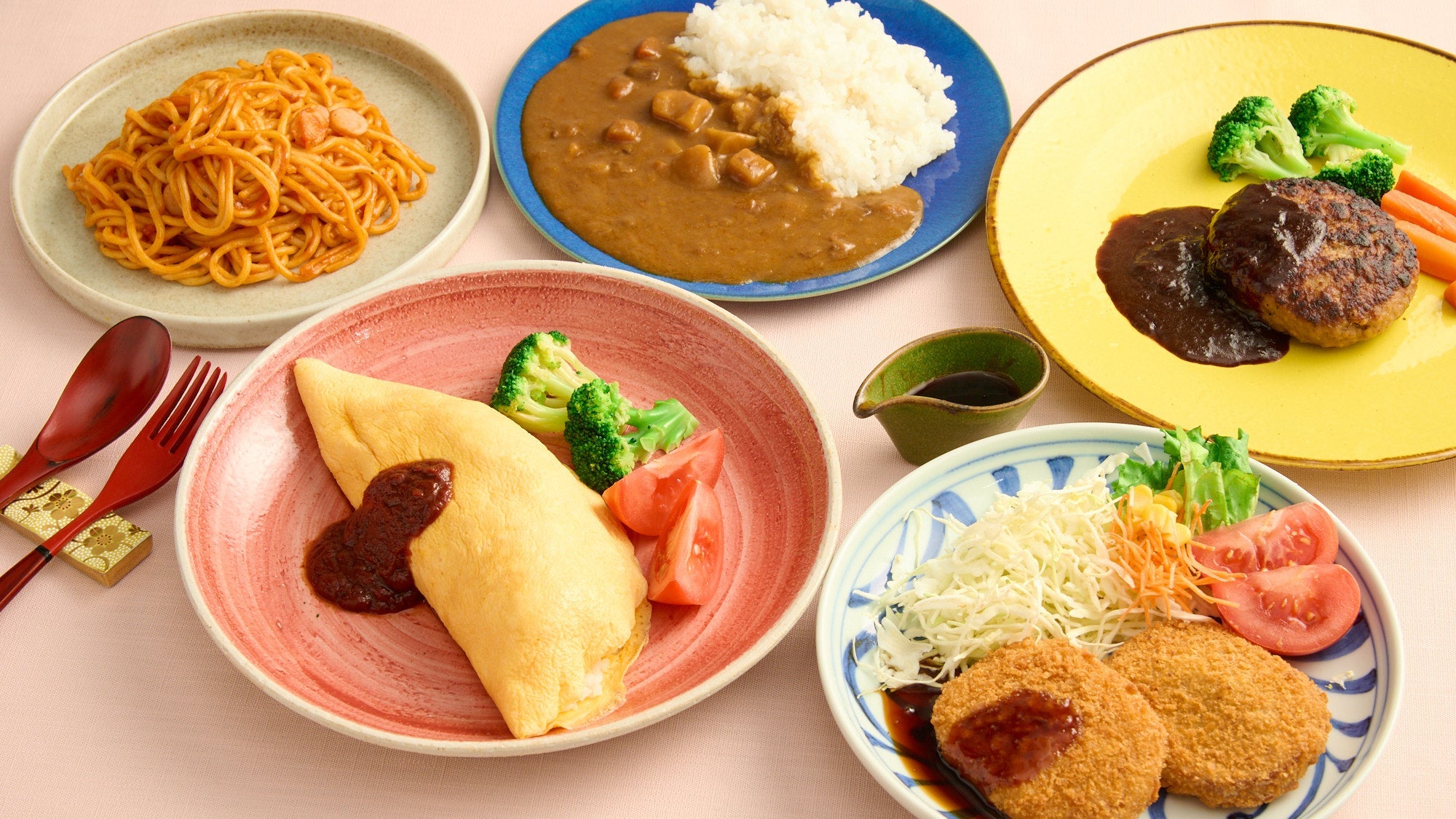
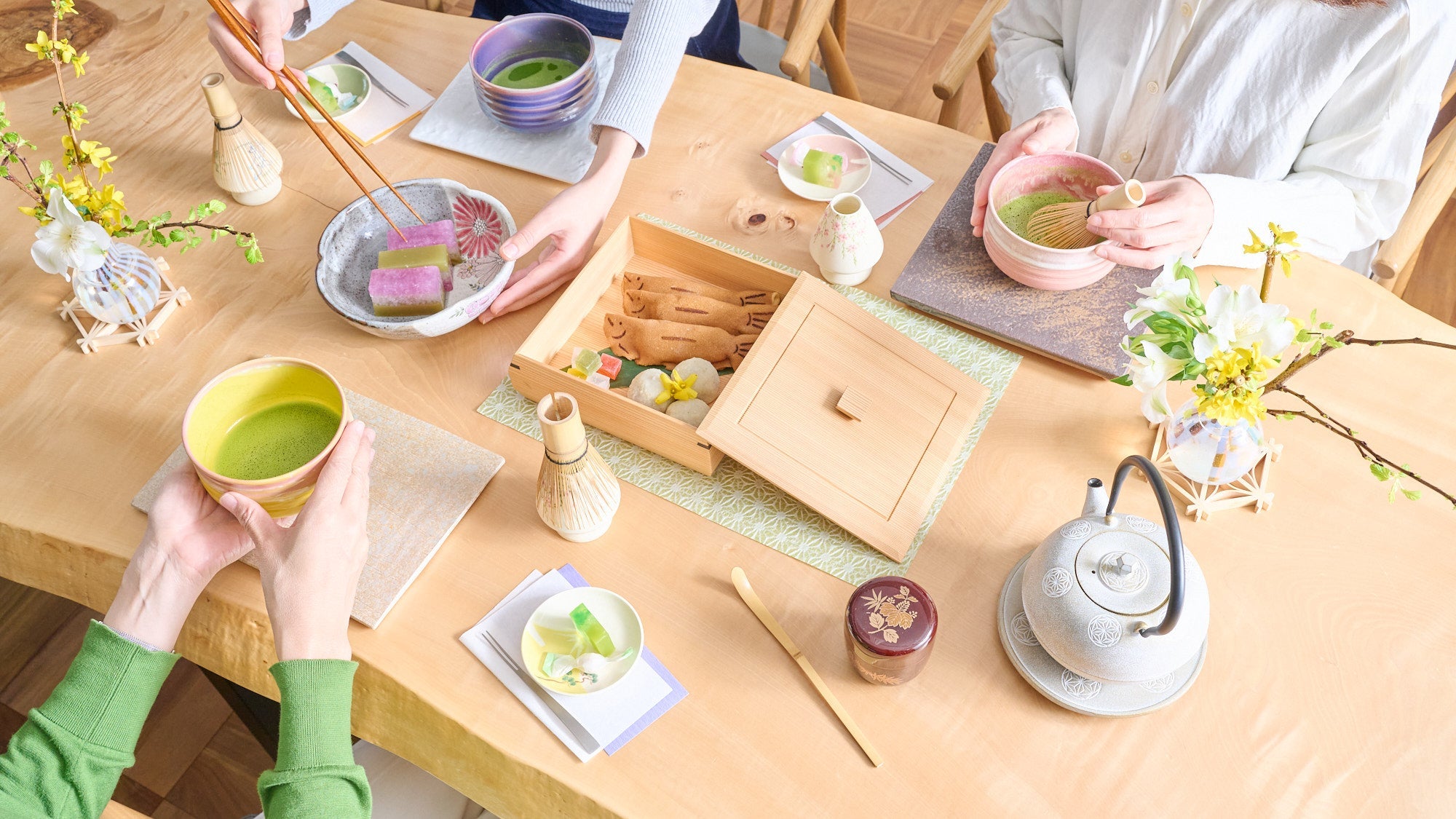

Leave a comment
This site is protected by hCaptcha and the hCaptcha Privacy Policy and Terms of Service apply.